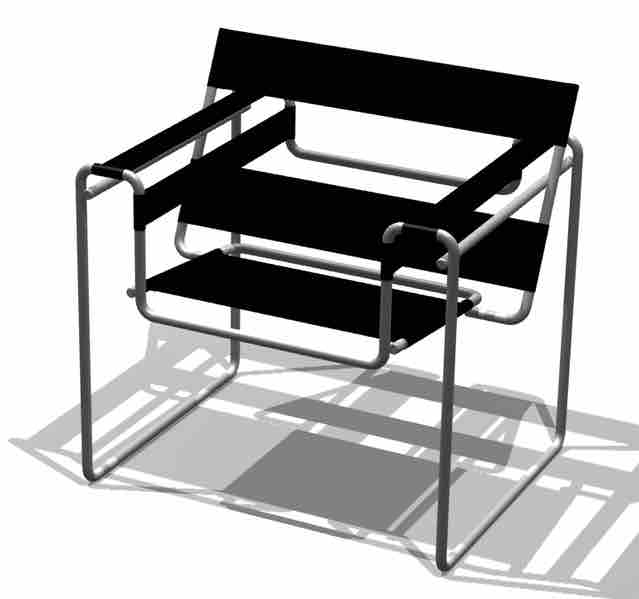A fundamental purpose common to most art forms is the underlying intention to appeal to, and connect with, human emotion. However, the term is incredibly broad and is broken up into numerous sub-categories that lead to utilitarian, decorative, therapeutic, communicative, and intellectual ends. In its broadest form, art may be considered an exploration of the human condition, or a product of the human experience.
The decorative arts add aesthetic and design values to everyday objects, such as a glass or a chair, transforming them from a mere utilitarian object to something aesthetically beautiful. Entire schools of thought exist based on the concepts of design theory intended for the physical world.

Bauhaus chair
The decorative arts add aesthetic and design values to everyday objects.
Art can function therapeutically as well, an idea that is explored in art therapy. While definitions and practices vary, art therapy is generally understood as a form of therapy that uses art media as its primary mode of communication. It is a relatively young discipline, first introduced around the mid-20th century.
Historically, the fine arts were meant to appeal to the human intellect, though currently there are no true boundaries. Typically, fine art movements have reacted to each other both intellectually and aesthetically throughout the ages. With the introduction of conceptual art and postmodern theory, practically anything can be termed art. In general terms, the fine arts represent an exploration of the human condition and the attempt to experience a deeper understanding of life.